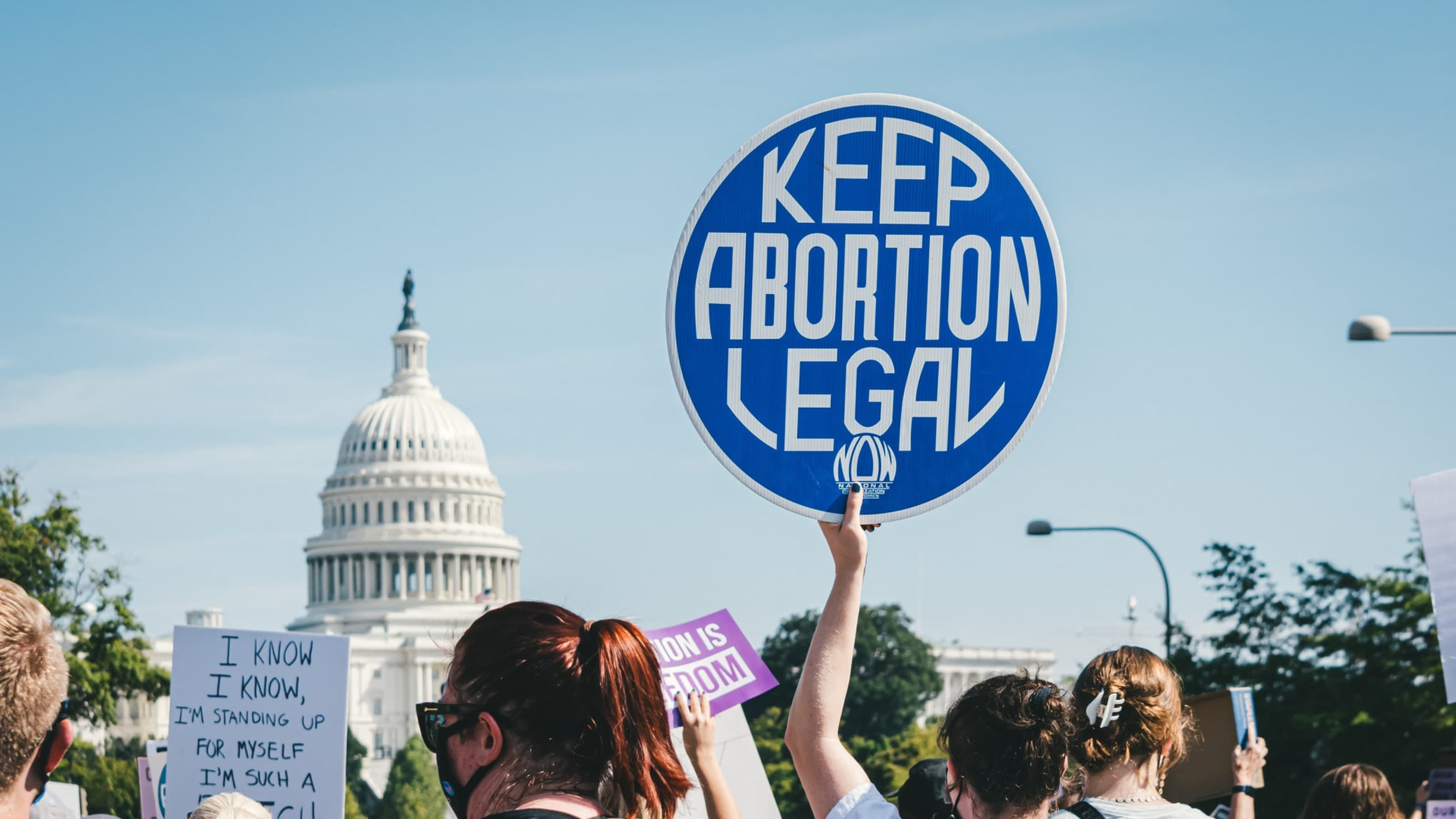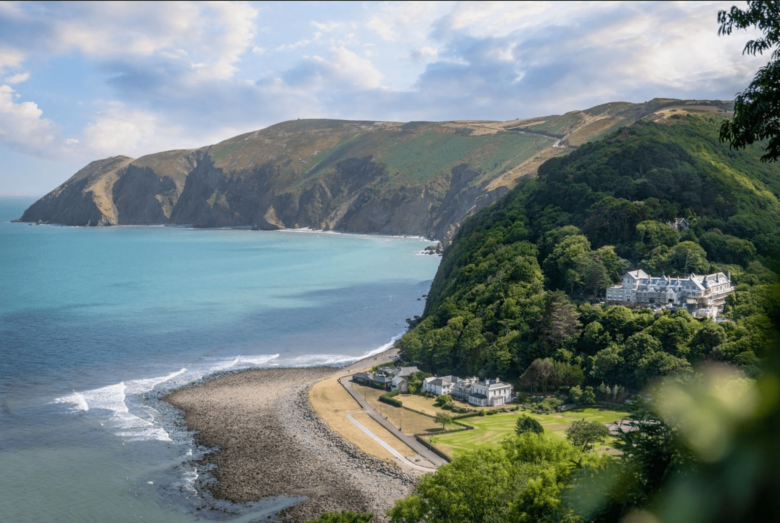Now Roe v. Wade has been overturned, here’s how we fight to keep access to safe abortion

This story appears in HUNGER Magazine’s Freedom issue.
“Liberty finds no refuge in the jurisprudence of doubt,” opined Justice Sandra Day O’Connor in the 1992 Supreme Court case Planned Parenthood v. Casey. But, doubt is exactly what she inadvertently introduced. That case started a domino effect that led to the unravelling of Roe v. Wade. Twenty years after the decision came down in Roe, legalizing abortion across the entire United States, the decision in Casey, written by the first-ever female Supreme Court Justice, jumpstarted the movement bent on demolishing abortion rights.
Casey allowed any restrictions on abortion that didn’t pose what O’Connor called an “undue burden” and found that all but one of the restrictions in question were permissible. It opened the floodgates for anti-abortion zealots to use state legislatures and courts to diminish the right to access abortion across the country. Today, as a result of this onslaught of restrictions — nearly 90 percent of U.S. counties have no abortion provider.
That is where we in America find ourselves today. We’re faced with the overturn of the last thing keeping abortion legal in over half of U.S. states — the court case called Roe v. Wade, which has become synonymous with abortion. When the opinion draft written by Justice Samuel Alito clearly overturning Roe was leaked on May 3, it came as a surprise to many in America. But, those of us in the reproductive rights movement have been shouting about this for years, if not decades. I have colleagues who have written books called, “The End of Roe v. Wade” and “Handbook for a Post-Roe America.” I have an entire season of my podcast Ordinary Equality dedicated to the imminent fall of Roe and what we should do about it.
Of course, you don’t go to a clinic to get a “Roe”—you go to get an abortion. The case is the only shield keeping abortion bans in 26 states at bay. When Roe falls, abortion access in those states falls, too. And now there is no doubt left in the minds of most Americans that the ability to access abortion as a constitutional right is over.
The rubric the Supreme Court dictated in Roe v. Wade in 1972 was not ideal to begin with. The decision is a highly medicalized one that hyper-focuses on pregnancy as the purview of (mostly male) medical doctors. It was not straightforward, but rather divided legality of abortion access into trimesters and increased the restrictions the government can place on abortion later in pregnancy. Roe did not address the issue of women’s equal citizenship or agency. Roe v. Wade instead relies on the right to privacy, not equality, because unlike 85% of countries in the world, the U.S. does not have a gender provision in its constitution.
Still, though imperfect, Roe v. Wade did legalize abortion in all U.S. states. Unable to immediately overturn Roe in the 1970s, the anti-abortion movement set in motion a campaign to chip away at abortion access state by state. These laws, often called TRAP laws (Targeted Restrictions on Abortion Providers) are unnecessary legal restrictions aimed at closing clinics and making it more difficult to get an abortion. These restrictions might include: slapping unnecessary requirements on clinics, like how wide their hallways have to be or what type of equipment they must have on hand. They also could impose wait times, making patients wait up to 72 hours before the procedure, which forces them to stay multiple days in a place they don’t live because clinics are far away. Further, they may mandate that doctors tell medically inaccurate information to their patients, like the false claim abortion is tied to increased cancer risk, and finally, they could force clinics to meet the same standards as Ambulatory Surgical Centers, even though they do not perform any surgeries.
These and other TRAP laws have succeeded in shutting down clinics all across the country. In many states, there is only one abortion provider in the entire state. When patients have limited access to very few clinics, it increases the delays in obtaining abortion care. Because pregnancy is time-sensitive, delaying the procedure increases both the risk and the costs associated with having an abortion. But, of course, to the anti-abortion movement in the U.S., delaying the procedure and forcing women into birth is the point.
The far-right plan to erode abortion access bit by bit until it no longer exists has now come to fruition. Now that they have succeeded in overturning Roe v. Wade, abortion laws will vary wildly state-by-state. Once individual states have abandoned abortion entirely, it becomes a collective responsibility to continue to provide this necessary healthcare. Thereby, Americans must: become informed about how to get abortion pills to those who need them, find and support local abortion funds, which help those who cannot afford to get abortions, and save independent abortion clinics, which provide the most care later in pregnancy, and need support in order to rapidly expand capacity once 26 states ban abortion.
The undue burden formula introduced in Casey shifted the Supreme Court away from considering abortion to be a fundamental right that the government could curb in a very limited capacity to a right that existed only in relation to the power of the states to regulate it. Now daughters and granddaughters of women who marched for equality in the 1970s are realizing the government will no longer protect our reproductive rights at all.
After relying on the Supreme Court to uphold abortion rights for 50 years, the progressive Left in the U.S. must fall out of love with the Court and come to grips with the fact that the legal landscape for abortion access has gotten worse since 1973 not better. At the end of the day, abortion is a human rights issue, which supercedes whatever the Court’s nine Justices have to say about what the U.S. Constitution does or does not cover. It is up to the entire community to maintain stop-gap measures and help people continue to get abortions — legal or not.

